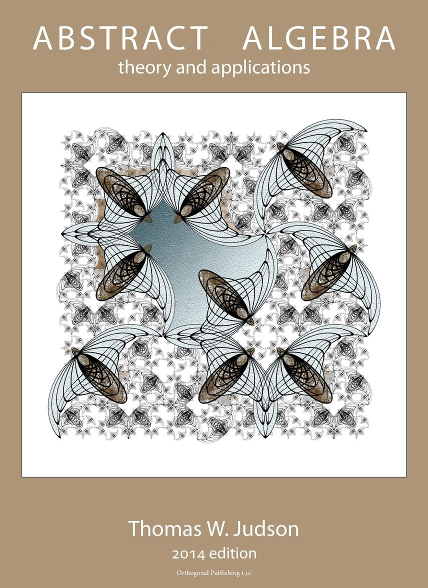Suppose that we consider \(3 \in {\mathbb Z}\) and look at all multiples (both positive and negative) of 3. As a set, this is
\begin{equation*}
3 {\mathbb Z} = \{ \ldots, -3, 0, 3, 6, \ldots \}\text{.}
\end{equation*}
It is easy to see that \(3 {\mathbb Z}\) is a subgroup of the integers. This subgroup is completely determined by the element 3 since we can obtain all of the other elements of the group by taking multiples of 3. Every element in the subgroup is “generated” by 3.

